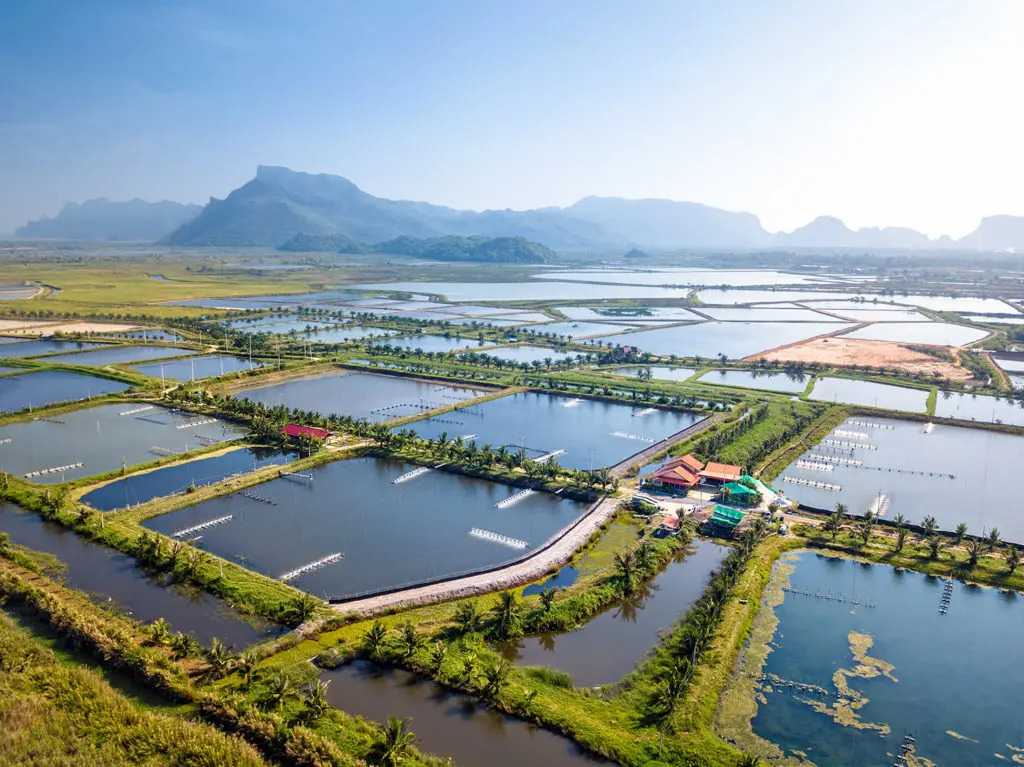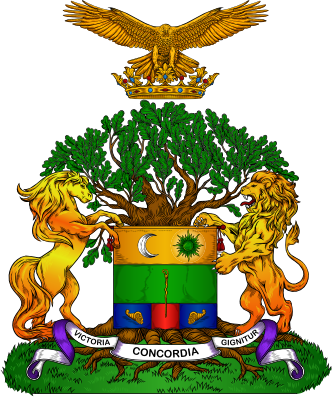Sustainable Seafood Solutions: The Role of Aquaculture in Meeting Global Demand

The world’s craving for seafood is not just a passing trend; it’s a robust, growing demand that shows no signs of slowing down. According to the World Bank, we can expect a staggering 20% increase in global seafood consumption within the next five years. This escalating demand is fueled by a complex web of factors, including rising global populations, increasing incomes, and evolving culinary preferences influenced by cultural and lifestyle changes. As we grapple with this increasing appetite for seafood, the question becomes ever more pressing: How can we meet this demand sustainably without depleting our oceanic resources? The answer increasingly points to aquaculture—the cultivation of aquatic organisms—as a sustainable and effective solution. According to the Food and Agriculture Organization (FAO), aquaculture’s contribution to global seafood production has increased from 25.7% in 1990 to 46% in 2018, highlighting its growing importance and indispensable role in a sustainable seafood industry.
The Multifaceted Benefits of Aquaculture
Aquaculture offers a myriad of advantages over traditional fishing methods. By raising fish, shellfish, and other marine life in controlled environments, aquaculture ensures a stable, predictable, and consistent supply of seafood. This is particularly crucial at a time when wild fish stocks are under immense pressure due to overfishing and habitat destruction. A study published in Nature Communications has emphasized that sustainable aquaculture practices have the potential to meet global seafood demand while alleviating the strain on wild fish populations. Moreover, aquaculture allows for controlled breeding and growth, which significantly reduces the volatility often associated with fluctuating wild catches. It also helps in the conservation and recovery of fragile marine ecosystems by reducing the need to harvest from them. By implementing responsible farming practices—such as optimized feed management, effective disease control, and efficient waste management—the environmental impact of aquaculture can be significantly reduced. Innovative approaches like Integrated Multi-Trophic Aquaculture (IMTA) go a step further by minimizing the ecological footprint of fish farming, thereby allowing wild fish stocks to recover and thrive.
Recirculating Aquaculture Systems: A Technological Leap
One of the most significant advancements in sustainable aquaculture is the development of Recirculating Aquaculture Systems (RAS). Atlantic Sapphire, a company in Florida, has built one of the world’s largest RAS facilities, aiming to produce 90,000 tons of salmon annually by 2030. These systems are increasingly popular due to their efficient use of resources and minimized environmental impact. RAS operate by continuously filtering and recycling water within a closed-loop system, thereby reducing water usage by a significant margin compared to traditional open-net pens. This not only conserves water but also allows for precise control over water quality, thereby minimizing the risk of pollution and disease outbreaks. As Andrew Hoffmann, Founder at Rock Island LLC, aptly noted in a recent agriculture forum, “In the rapidly expanding aquaculture sector, technology can be a game-changer in terms of sustainability and environmental impact.”
Socio-Economic and Environmental Synergies
The adoption of sustainable aquaculture practices offers benefits that extend beyond environmental conservation. A World Bank report titled “Fish to 2030” estimates that aquaculture could create up to 37 million jobs worldwide by 2030. The industry generates a diverse range of jobs, from fish farmers and technicians to feed manufacturers and processing plant workers. This job creation not only reduces unemployment rates but also stimulates local economies. Furthermore, aquaculture plays a crucial role in ensuring food security by providing a consistent and accessible source of protein-rich seafood. By reducing reliance on imported seafood, countries can strengthen their food systems and mitigate the risks associated with food shortages. In regions with limited economic opportunities, aquaculture has been instrumental in poverty alleviation, empowering local communities and improving their quality of life. Additionally, the growth of aquaculture contributes to trade expansion, enabling countries to tap into international markets, establish trade partnerships, and boost their economies.
The Future of Food Security and Aquaculture
As global populations continue to rise, the need for a sustainable and diverse food supply becomes increasingly urgent. Aquaculture offers a solution by providing a nutritious source of seafood that can be produced in various regions, including those that are landlocked. This enhances national food self-sufficiency and strengthens food systems, making countries more resilient to food security challenges.
A Commitment to Long-Term Sustainability
For aquaculture to be a viable long-term solution, there must be a concerted effort to promote ethical and responsible practices throughout the industry. This involves the establishment of stringent regulations that mitigate the potential downsides often associated with intensive farming techniques, such as water pollution and disease outbreaks. By adopting a holistic approach that includes sustainable certifications and robust traceability systems, consumers are empowered to make informed choices that support environmentally responsible aquaculture operations. This not only ensures the industry’s long-term viability but also contributes to broader marine conservation efforts.
The Collaborative Path Forward
Achieving sustainable aquaculture is a collective endeavor that requires collaboration between governments, international organizations, and the private sector. Investment in research and development can drive innovation, leading to more efficient and environmentally friendly aquaculture systems. Governments can play a pivotal role by providing incentives and support for sustainable aquaculture initiatives, thereby encouraging the widespread adoption of best practices.
Conclusion
The escalating global demand for seafood presents both a challenge and an opportunity. Aquaculture, already a cornerstone in global seafood production, offers a sustainable pathway to meet this growing demand. Through technological advancements like RAS, responsible farming practices, and collaborative efforts across sectors, aquaculture has the potential to not only meet our increasing seafood needs but also to do so in a manner that is harmonious with both environmental and socio-economic sustainability.





